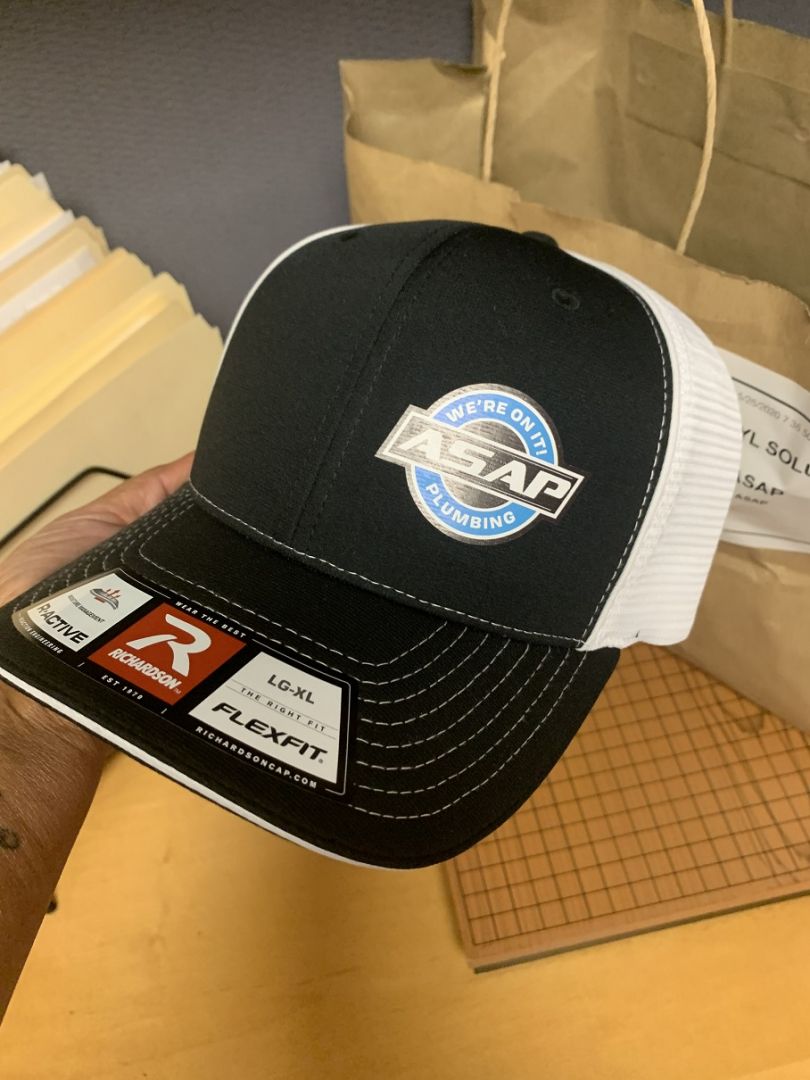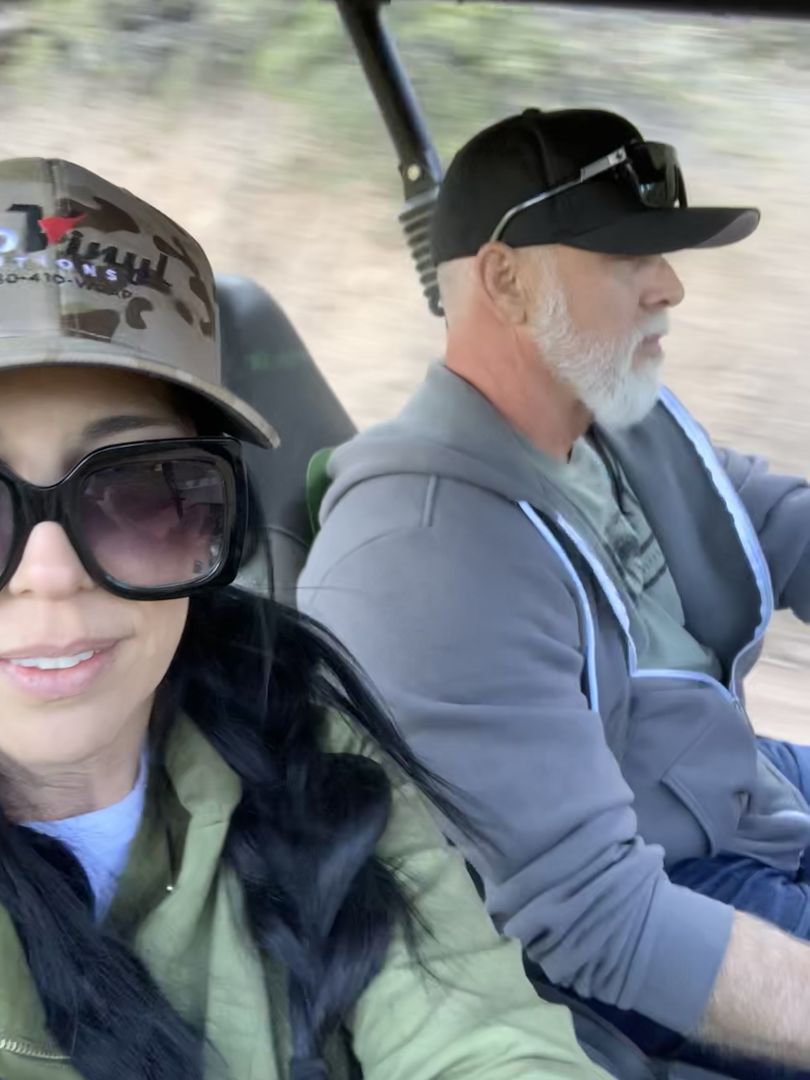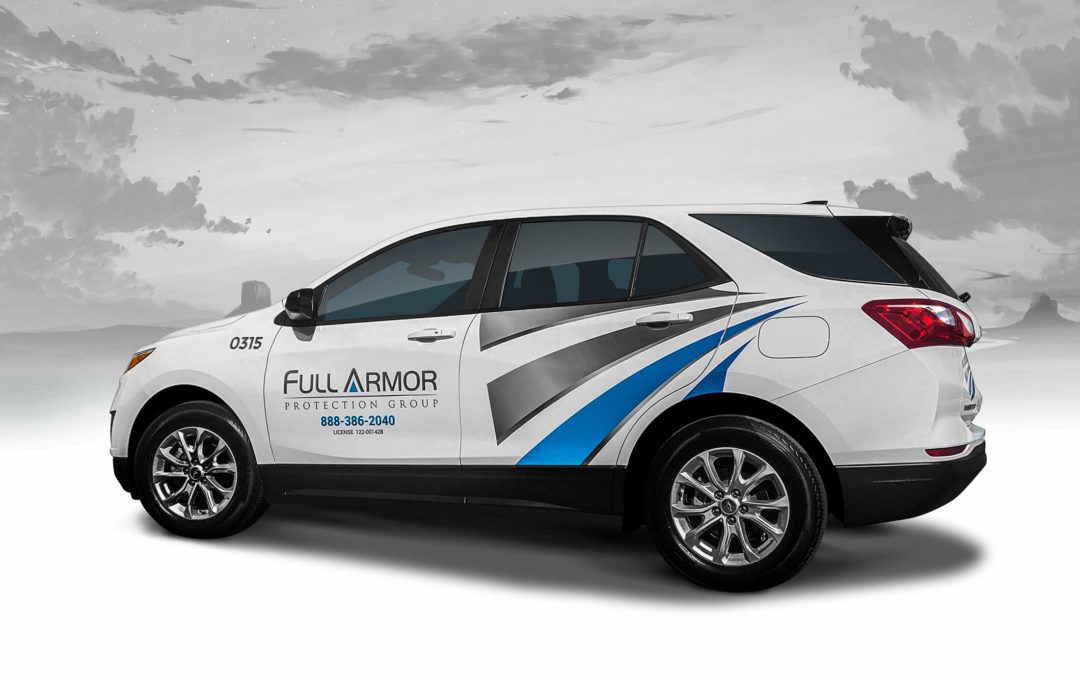Introduction to Vehicle Wrapping:
Vehicle wrapping, a dynamic and increasingly popular method of personalizing and advertising on vehicles, has revolutionized the way we think about our cars and business branding. Vehicle wrapping involves applying a large vinyl graphic or decal over a vehicle’s original paint. This process transforms the exterior into a canvas for creative expression or a powerful marketing tool. The versatility of vehicle wraps is remarkable, allowing for a complete color change, intricate patterns, or branded designs that cover part or all of a vehicle’s surface.
Choosing a suitable wrap for your vehicle cannot be overstated. Whether for personal style or business advertising, the type of wrap you select can significantly impact the visual appeal and message. A well-chosen vehicle wrap enhances the car’s aesthetic and serves as a mobile billboard, broadcasting a brand or message to a broad audience. For businesses, this means an opportunity for constant advertising and brand reinforcement every time the vehicle is on the road.
Moreover, choosing between a full wrap covering the entire vehicle and a partial wrap covering only specific sections is crucial. This decision hinges on various factors, including budget, marketing objectives, and the type of vehicle. A full wrap offers a more dramatic and comprehensive transformation, while a partial wrap can be a cost-effective alternative that still significantly impacts. In the following sections, we will delve deeper into the differences between full and partial wraps, helping you make an informed decision that aligns with your needs and goals.
Understanding Full Wraps
A full wrap is a comprehensive vinyl covering applied to a vehicle’s exterior. It’s a popular choice for personalizing vehicles and business advertising, completely transforming the car’s appearance. This process involves using a high-quality, durable vinyl film over the vehicle’s original paint, effectively enveloping it in a new, protective, and visually striking skin.
The coverage of a full wrap is extensive and all-encompassing. It typically includes the vehicle’s hood, roof, doors, sides, and rear. The wrap may sometimes extend to the bumpers, side mirrors, and door handles, ensuring a seamless and cohesive look across the vehicle. The precision in application means that the wrap follows the contours and lines of the car, making it appear as if the vehicle was initially painted in the chosen design or color.
One of the key benefits of a full wrap is its ability to overhaul the vehicle’s aesthetic completely. Whether it’s a vibrant color change, a complex graphic design, or a branded advertisement, a full wrap makes a bold statement. For businesses, this means turning a vehicle into a mobile billboard, garnering attention wherever it goes. It offers individuals a unique opportunity to express personal style or stand out. Additionally, the vinyl wrap serves as a protective layer, shielding the vehicle’s paint from weathering, scratches, and UV damage.
Understanding Partial Wraps
A partial wrap is a selective vinyl covering applied to specific areas of a vehicle rather than enveloping it entirely. This approach balances the bold impact of a full wrap and the subtlety of minimal graphics, making it a versatile choice for personal and business use. Partial wraps are particularly appealing for those who wish to combine the vehicle’s original paint color with custom designs or branding elements.
Regarding coverage, a partial wrap typically includes sections like the rear, sides, and hood of the vehicle, but not in their entirety. For instance, it might cover the car’s rear half and extend partially along the sides or focus on specific areas like the doors or fenders. The extent and design of a partial wrap are highly customizable, allowing for a range of creative possibilities. This flexibility makes partial wraps a cost-effective solution for those who want to make a significant visual impact without the investment required for a full wrap.
Partial wraps are particularly effective for businesses looking to incorporate their branding or advertising messages on their vehicles. A partial wrap can effectively convey a message while maintaining a professional look by strategically placing logos, contact information, or promotional graphics on high-visibility areas of the car. For personal use, partial wraps offer a unique way to enhance the vehicle’s appearance, adding custom graphics or accents that reflect individual styles. Additionally, like full wraps, partial wraps protect the covered areas, helping preserve the vehicle’s paintwork.
When deciding between a full and a partial vehicle wrap, several key factors come into play, influencing the final choice. These factors include budget constraints, marketing strategy objectives, and the type of vehicle being wrapped.
- Budget: Budget is often the primary consideration. Full wraps, while offering extensive coverage and impact, are more expensive due to the more significant amount of material used and the labor involved in the application. Partial wraps, on the other hand, are more budget-friendly, requiring less material and time to apply. Businesses or individuals must balance the desire for visibility and impact against the available budget.
- Marketing Strategy: The choice of wrap is also guided by marketing strategy. For businesses using vehicle wraps as a marketing tool, the decision hinges on the desired reach and visibility. A full wrap provides a larger, more eye-catching canvas, ideal for businesses looking to maximize brand exposure. Partial wraps can be more suitable for targeted, localized marketing campaigns or companies seeking a more subtle branding approach.
- Vehicle Type: The type and size of the vehicle play a crucial role. Larger vehicles, like trucks and buses, may benefit more from full wraps due to their extensive surface area, which offers a bigger advertising space. Smaller vehicles or those with unique designs might be better suited for partial wraps, which can be tailored to accentuate specific features of the car.
Ultimately, choosing between full and partial wrap depends on carefully considering these factors, aligning the wrap type with the individual’s or business’s goals, budget, and the vehicle’s specific characteristics.
Budget Considerations
Budget plays a crucial role in determining whether to opt for a full or partial wrap when considering vehicle wraps, whether for personal styling or business branding. Understanding the cost implications of each option is essential for making an informed decision that aligns with financial constraints and desired outcomes.
Cost Comparison Between Full and Partial Wraps
The primary difference in cost between full and partial wraps stems from the amount of material used and the labor involved in the application process. A full wrap requires significant vinyl material to cover the entire vehicle, including complex areas like bumpers and mirrors. This comprehensive coverage demands more time and precision during installation, leading to higher labor costs. On average, a full wrap can be significantly more expensive than a partial wrap, which only covers specific parts of the vehicle, such as the hood, doors, or rear.
Partial wraps use less material and require less labor, making them a more budget-friendly option. They particularly appeal to those who wish to achieve a noticeable impact without the higher cost of full wraps. The reduced price of partial wraps does not necessarily mean a compromise in quality or effectiveness; with strategic design and placement, partial wraps can be just as eye-catching and effective in conveying a message or enhancing the vehicle’s appearance.
How Budget Influences the Choice of Wrap
Budget constraints often dictate the choice between a full and a partial wrap. For small businesses or individuals with limited funds, a partial wrap offers a cost-effective solution to achieve branding or styling goals. It allows for creative expression or promotional messaging without the hefty price tag of a full wrap.
Conversely, a full wrap is a worthwhile investment for those with a larger budget or for whom high visibility is a priority. Businesses looking to maximize their brand exposure, especially in competitive markets, often find the additional cost of a full wrap justified by its extensive reach and impact.
In summary, the decision between a full and partial wrap is heavily influenced by budget considerations. While full wraps offer more extensive coverage and visibility, their higher cost may not be feasible for everyone. Partial wraps, on the other hand, provide a more affordable yet effective alternative for those looking to enhance their vehicle’s appearance or promote their brand without a significant financial outlay.
Visual Appeal and Design Flexibility
The choice between full and partial vehicle wraps not only hinges on practical considerations like budget and coverage but also significantly on aesthetic appeal and design flexibility. Each option offers unique opportunities for creative expression and branding, catering to different visual preferences and objectives.
Aesthetic Differences Between Full and Partial Wraps
Full wraps provide a complete makeover of the vehicle, offering a dramatic and transformative visual impact. They allow for a uniform and cohesive design across the entire surface, which can be particularly striking. This option is ideal for those seeking a bold statement, whether it’s a vibrant color change, intricate patterns, or elaborate branding designs. Full wraps ensure that every inch of the vehicle plays a part in the overall aesthetic, resulting in a standout presence on the road.
Partial wraps, in contrast, blend the vehicle’s original paint with the wrap design, creating a harmonious and often more subtle aesthetic. This option is excellent for accentuating specific features of the vehicle or for strategic branding that requires a balance between the wrap and the car’s natural look. Partial wraps can be particularly effective in highlighting logos, slogans, or specific design elements without overwhelming the vehicle’s appearance.
Creative Design Possibilities with Each Option
Both full and partial wraps offer a canvas for creativity. Full wraps allow designers to think without boundaries, enabling the creation of intricate and extensive artwork or branding that covers the entire vehicle. This option is akin to having a blank canvas where the possibilities are only limited by imagination.
Partial wraps, while more limited in coverage, demand creative ingenuity to make the most of the available space. Designers often need to be more strategic, focusing on key areas to maximize impact. This can involve playing with the vehicle’s lines and contours or using the contrast between the wrap and the vehicle’s color to create visually appealing designs.
In essence, whether one chooses a full or partial wrap, both options offer vast potential for aesthetic appeal and design flexibility. The decision ultimately rests on the desired visual impact and how the wrap’s design integrates with the vehicle’s overall appearance.



